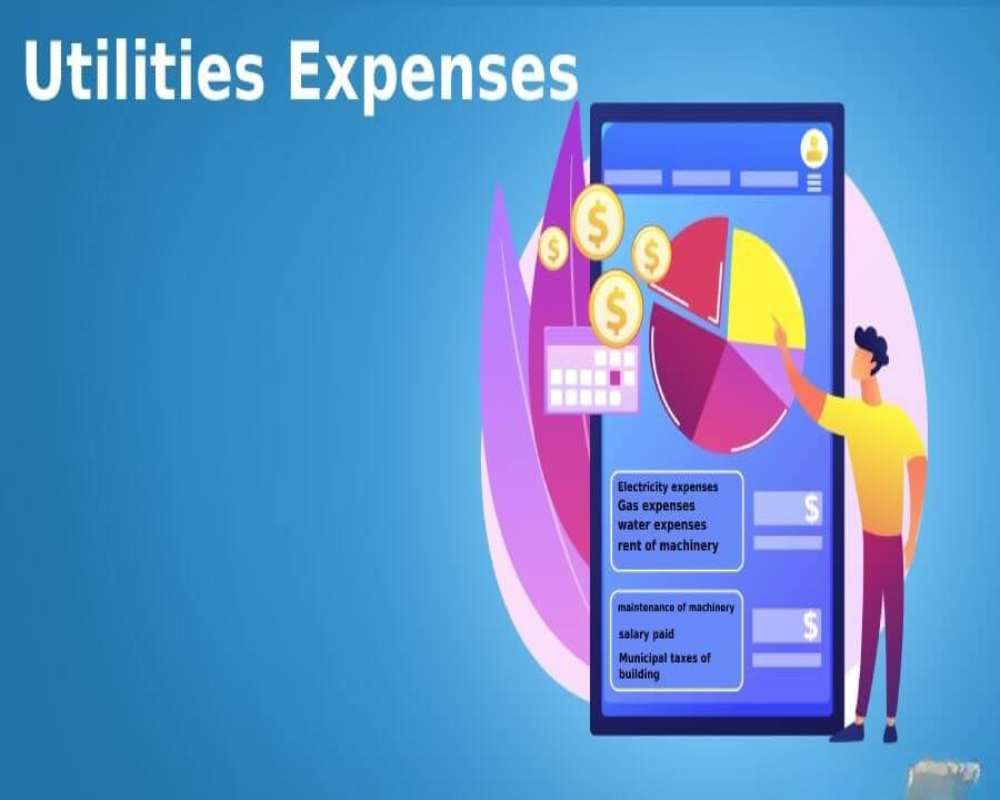Introduction
Utility installation expenses on raw land are a significant part of the overall development costs when transforming undeveloped land into a site suitable for construction or commercial use. Raw land typically lacks essential services such as water, sewage, electricity, gas, and telecommunications, all of which need to be installed to make the land functional for its intended purpose. The cost of installing these utilities can vary depending on factors such as the location of the land, the type of utilities required, the proximity to existing infrastructure, and the specific demands of the project. Understanding these expenses is vital for developers and investors to accurately assess the financial feasibility of a land development project.
Water and Sewer Installation Costs
Water and sewer systems are often among the first utilities that need to be installed on raw land. In many cases, the cost of connecting to existing municipal water and sewer lines can be substantial, especially if the property is located far from the main infrastructure or in an area where such utilities are not readily available. Developers may need to pay for the construction of new pipelines, pumps, and filtration systems to bring water to the site.
Sewer installation is similarly complex. If the land is not already connected to a public sewage system, developers may need to install private septic systems or waste treatment plants. The cost of this installation can depend on the size of the property and the number of units or buildings being developed. The complexity of the local regulations, environmental considerations, and the need for soil testing to ensure the viability of septic systems can further influence the costs.
Electricity and Gas Line Installation
The installation of electricity and gas lines can also be a significant expense, especially if the raw land is located in a remote area. Developers must work with local utility companies to either extend existing power lines to the site or, in some cases, build entirely new infrastructure. The cost of electricity installation depends on the distance from the existing grid, the voltage capacity required for the development, and the terrain of the land.
Gas line installation can be similarly costly if natural gas services are not readily available in the area. Developers may need to connect to existing gas lines, or if these lines are not close, they may need to install new pipelines to bring gas to the property. In addition to the actual infrastructure costs, developers must also factor in the costs of permits, inspections, and compliance with safety standards.
Telecommunications and Internet Services
In today’s digital age, telecommunications and internet services have become essential utilities for most real estate developments. Installing internet, phone, and cable services on raw land can be expensive, particularly if the land is in a rural or undeveloped area. Similar to electricity and gas lines, extending existing telecommunications infrastructure to the site can incur significant costs, depending on the distance to the nearest connection point.
For some projects, developers may opt to install their own private network systems to meet the needs of tenants or customers. This could involve setting up fiber-optic cables, satellite dishes, or other communication technologies to provide internet and phone access. The costs of these systems can vary based on the size of the development and the technology required.
Environmental and Regulatory Considerations
The installation of utilities on raw land is often subject to local zoning laws, environmental regulations, and permits. Environmental assessments may be required before utility installation to ensure that the development does not negatively impact the surrounding ecosystem. For example, water and sewer installations might need to comply with local water conservation laws or environmental protection standards to prevent contamination.
Additionally, developers must obtain the necessary permits and approvals for each utility installation, which can add time and costs to the project. Regulatory requirements can also affect the type of utilities that can be installed. In some areas, the installation of septic systems, for instance, may require specific treatments to meet environmental standards, or the installation of power lines might be restricted due to concerns about wildlife or landscape preservation.
Labor and Equipment Costs
Utility installation involves significant labor and the use of specialized equipment, which can add to the overall cost of the project. The types of labor required can include skilled workers such as electricians, plumbers, and heavy equipment operators, all of whom need to be compensated for their time and expertise. The type of equipment required, such as trenching machines, backhoes, and drilling rigs, can also impact costs.
The location of the site will influence labor and equipment costs. In remote or hard-to-access areas, the cost of transporting equipment and laborers to the site can add to the overall utility installation expenses. The complexity of the installation, such as the need for underground wiring or specialized gas pipelines, can also increase costs significantly.
Conclusion
Utility installation expenses on raw land are an essential consideration for developers embarking on construction or real estate projects. These costs can be substantial and are influenced by a variety of factors, including the location of the land, the distance to existing utility infrastructure, and the complexity of the systems being installed. Water, sewer, electricity, gas, and telecommunications services are critical to making the land habitable and functional, but the expenses associated with their installation can vary widely. Developers need to carefully plan for these costs and account for environmental and regulatory factors to ensure that the project stays within budget and meets all necessary requirements. By understanding the various components of utility installation and their associated costs, developers can make more informed decisions and manage their project budgets effectively.
Hashtags
#UtilityInstallation #RawLandExpenses #LandDevelopment #ConstructionCosts #SitePreparation #InfrastructureInvestment #UtilityCosts #LandImprovement #RealEstateDevelopment #PropertyInvestment #LandUsePlanning #UtilityServices #CostEstimation #LandSurveying #BuildingPermits #SiteUtilities #LandDevelopmentCosts #RealEstateTips #InvestmentProperty #ConstructionPlanning


